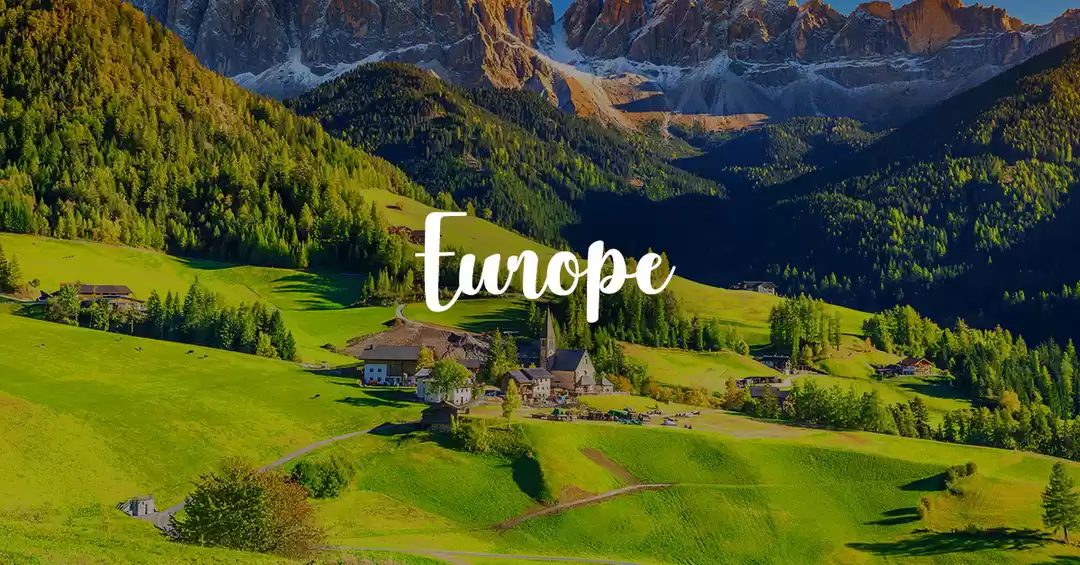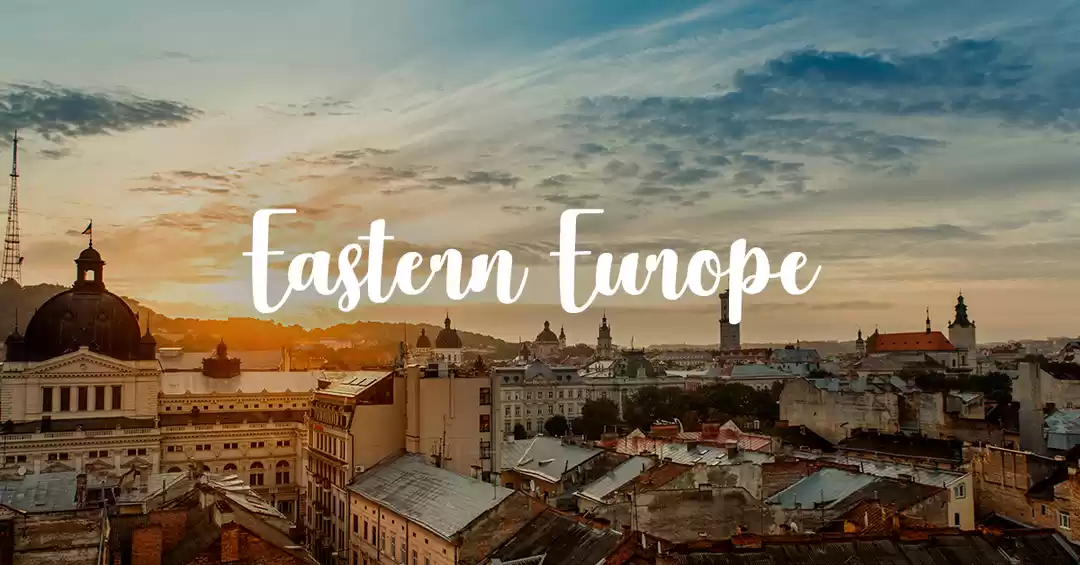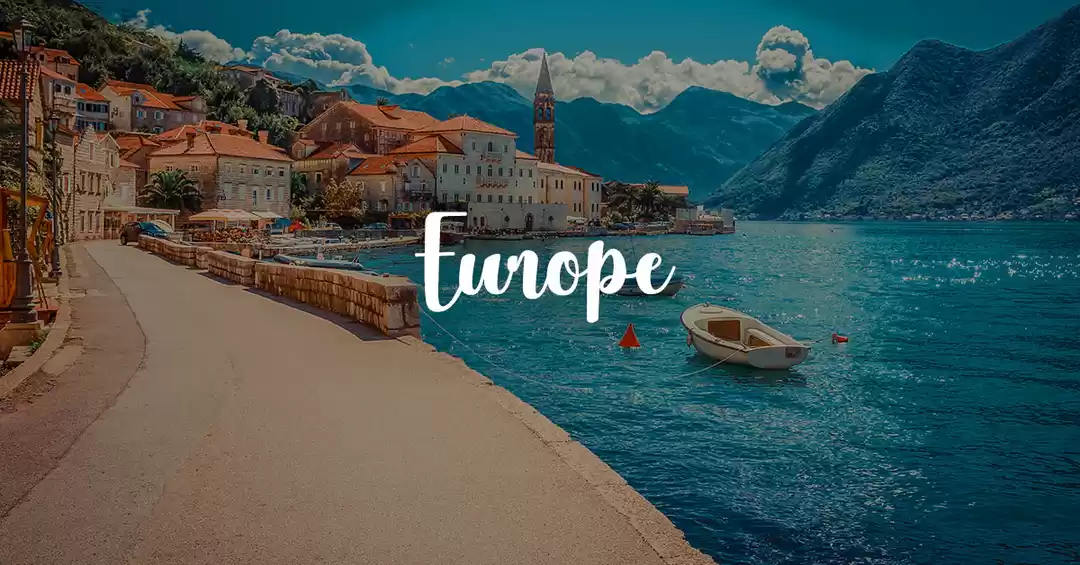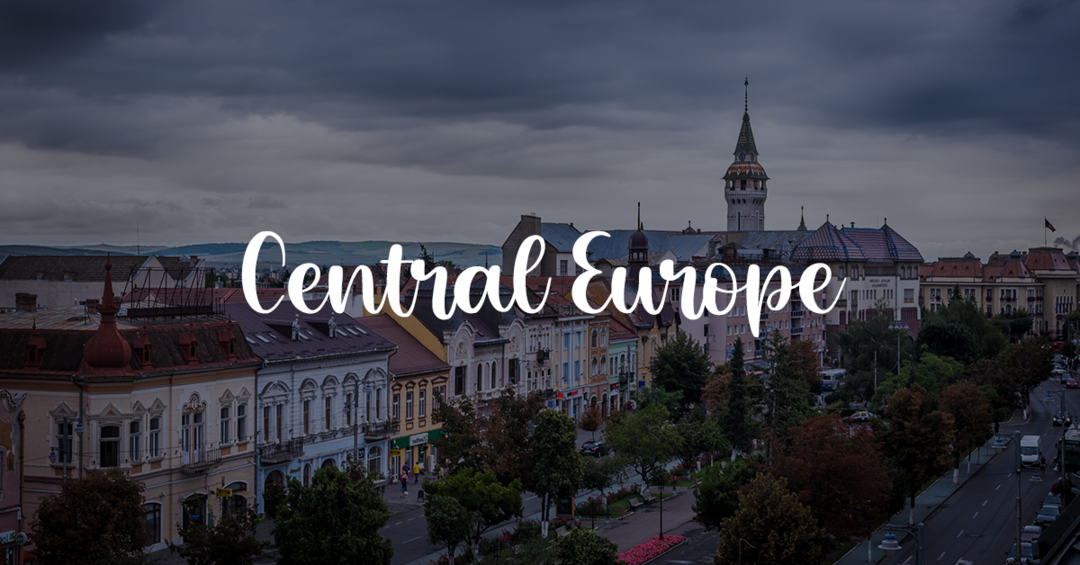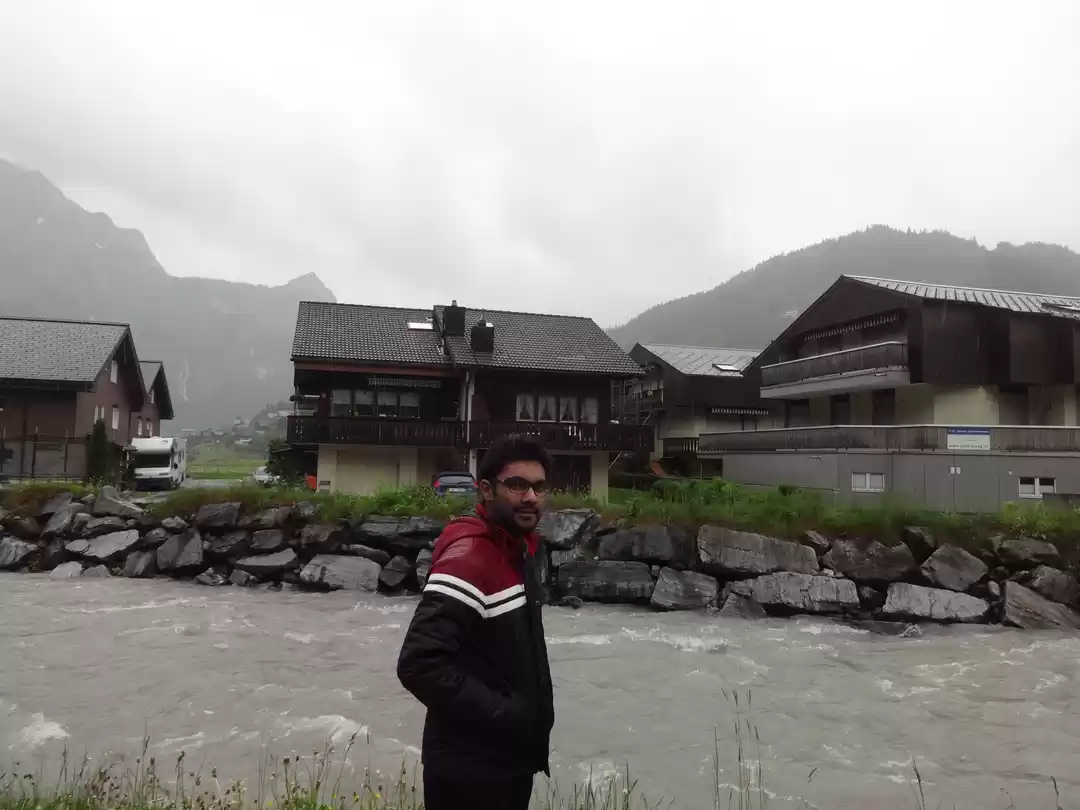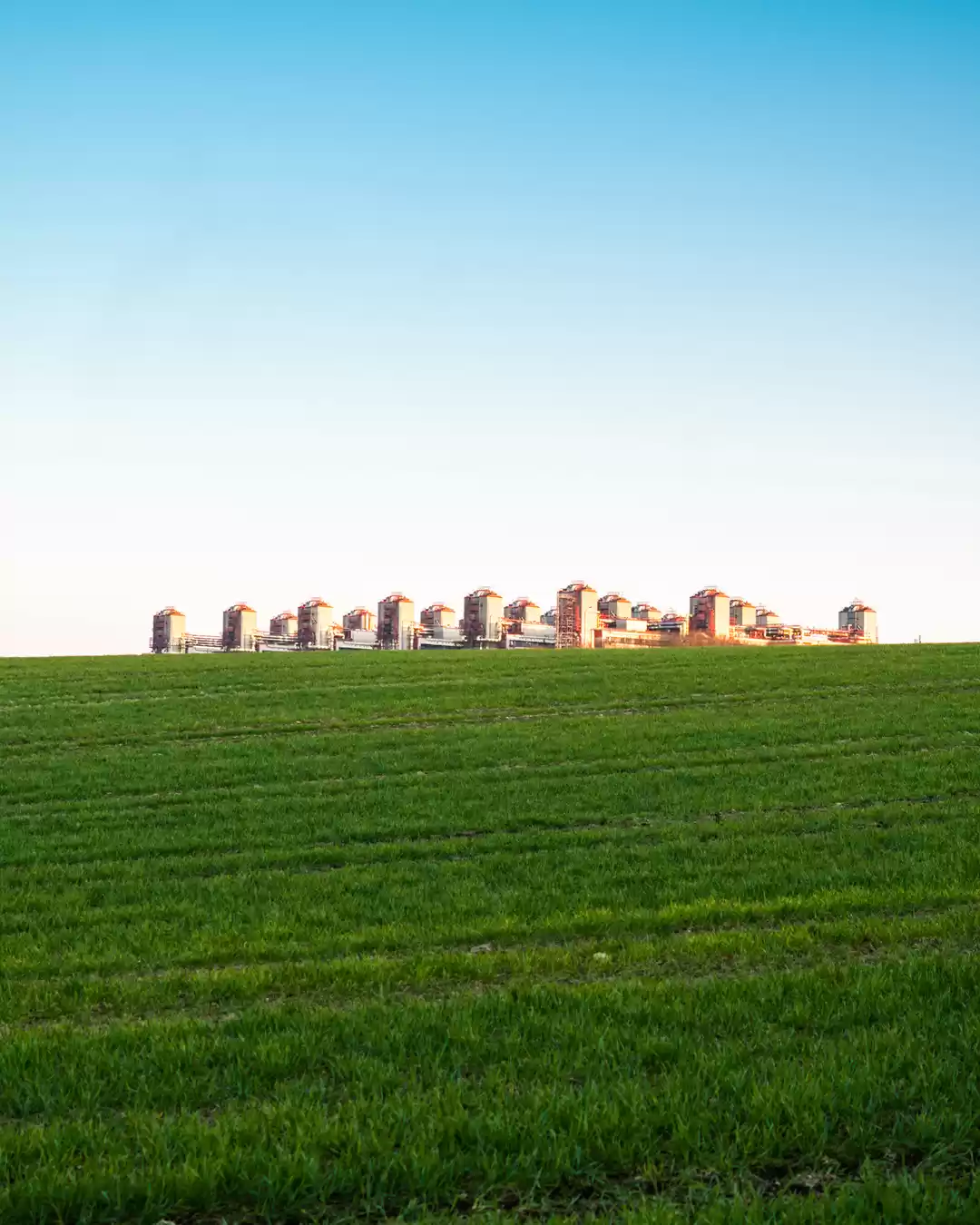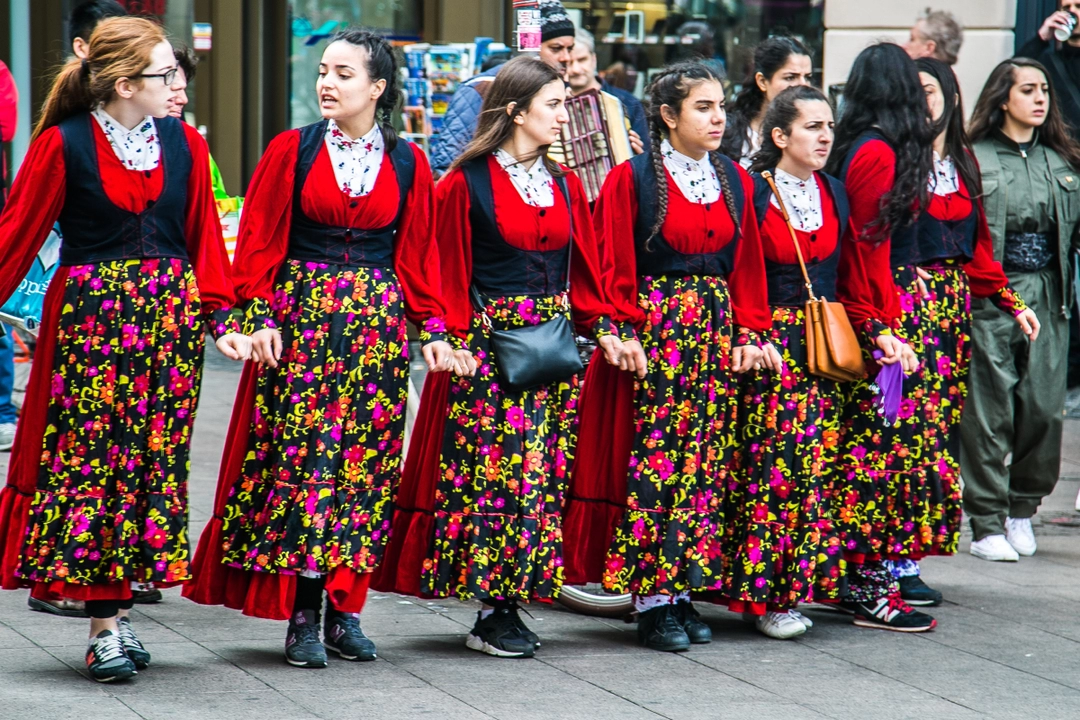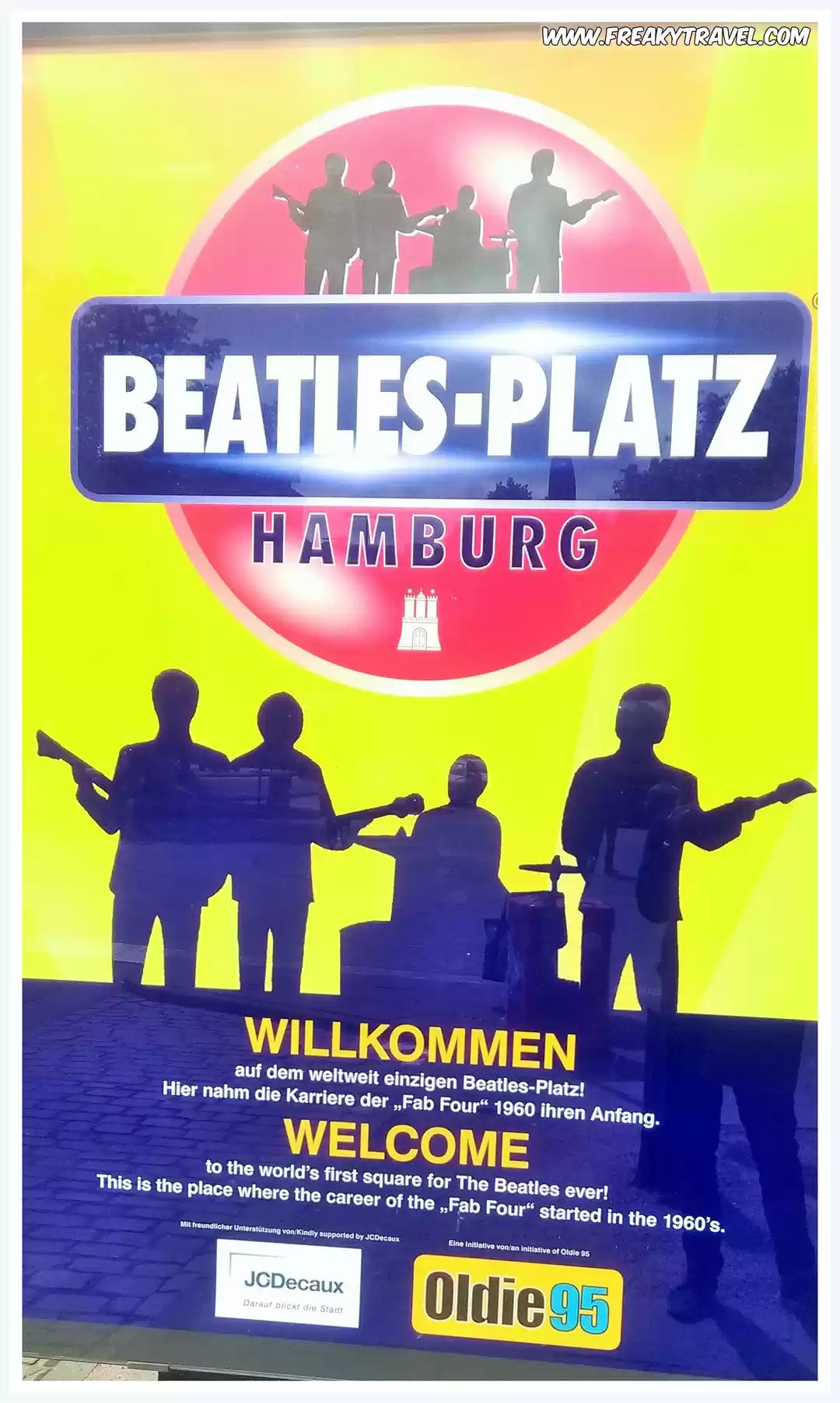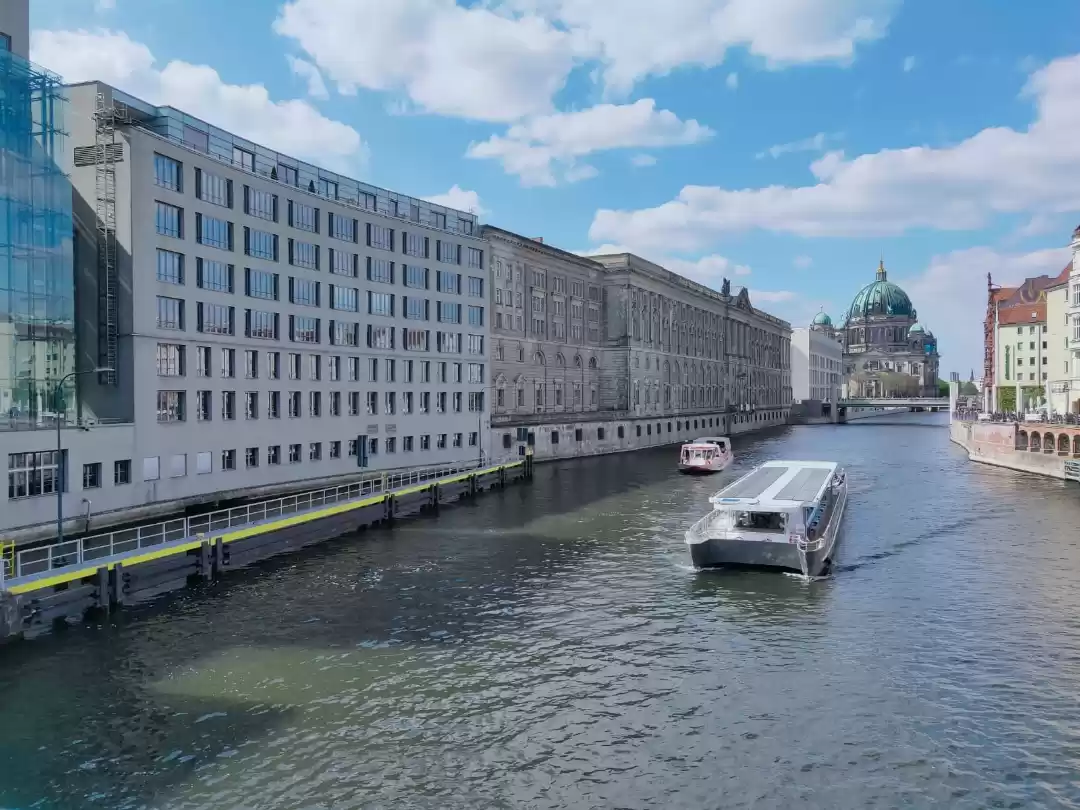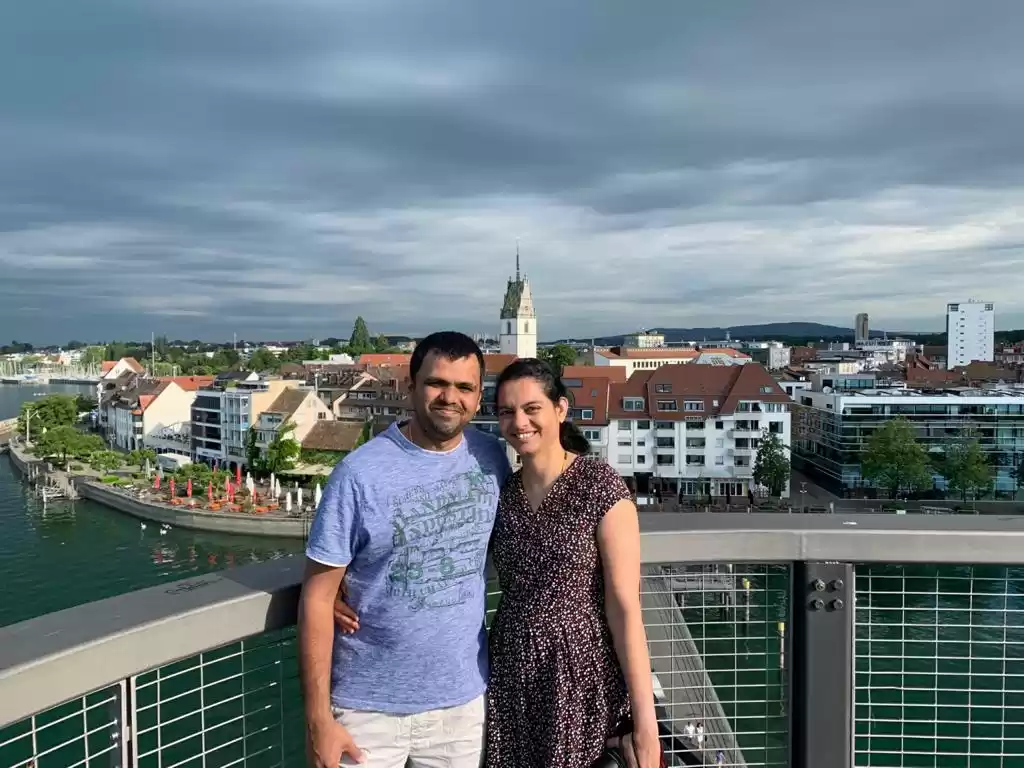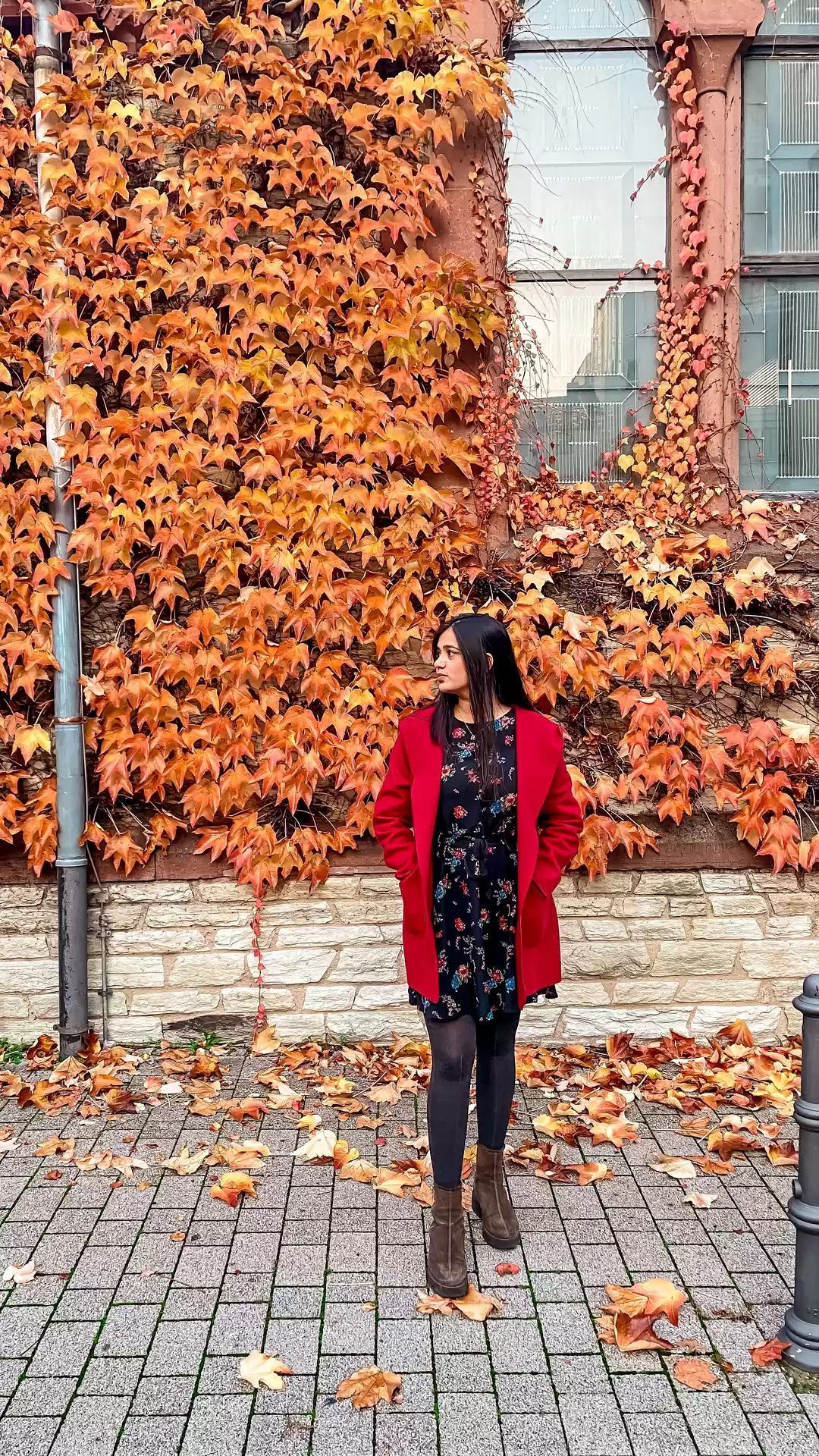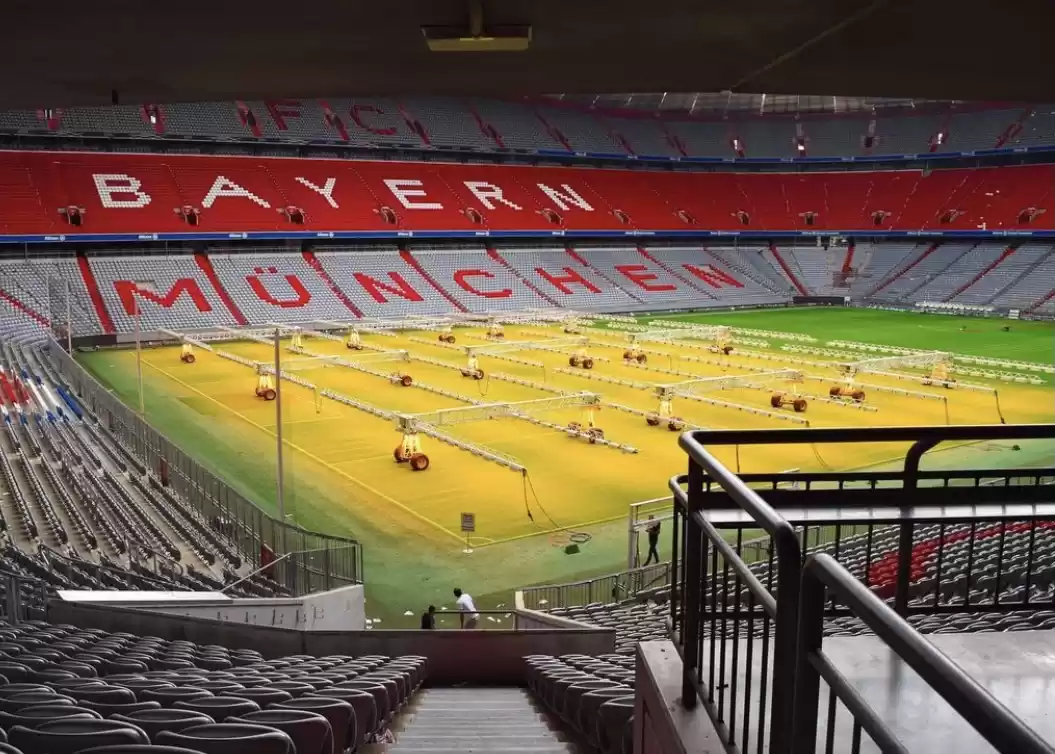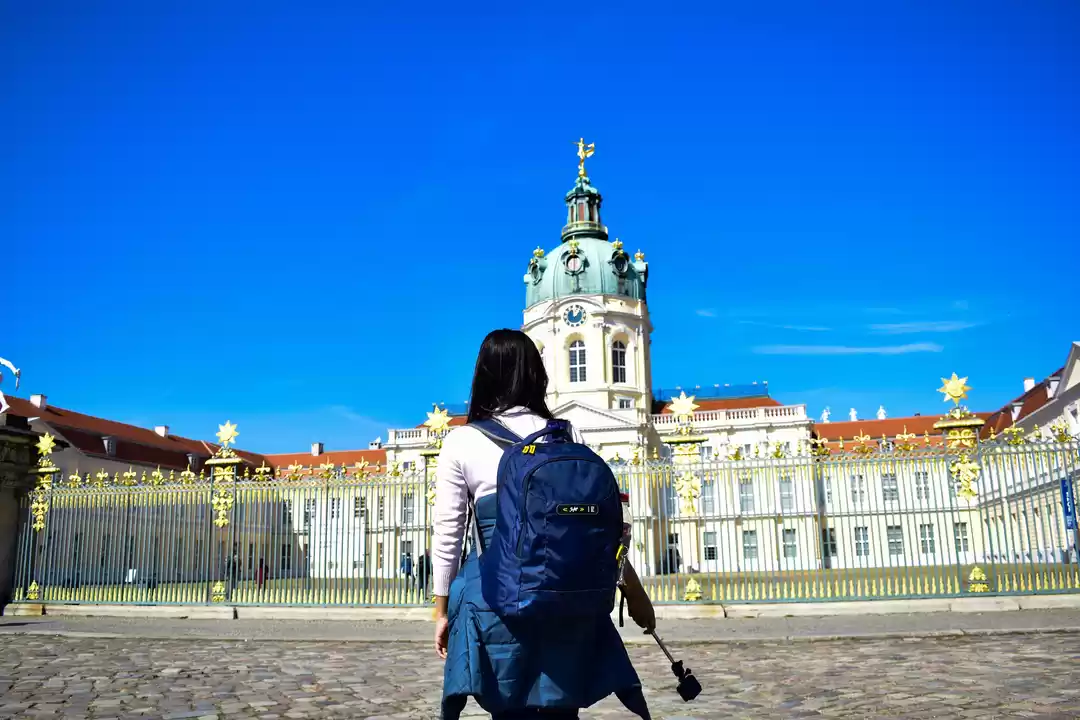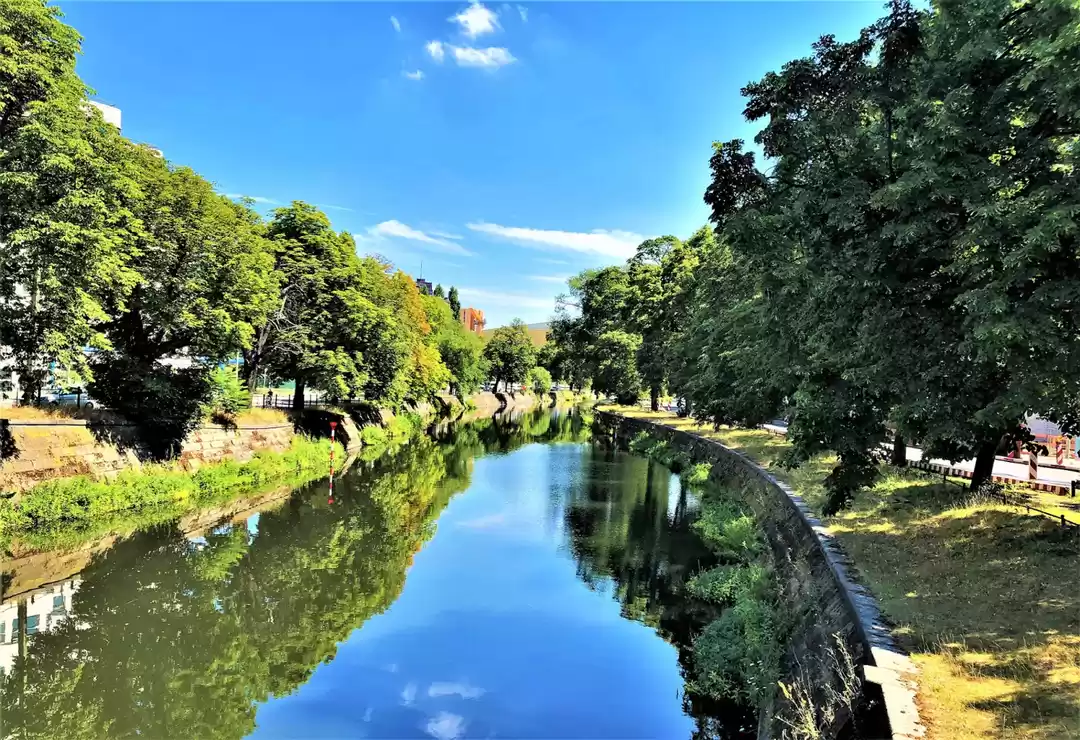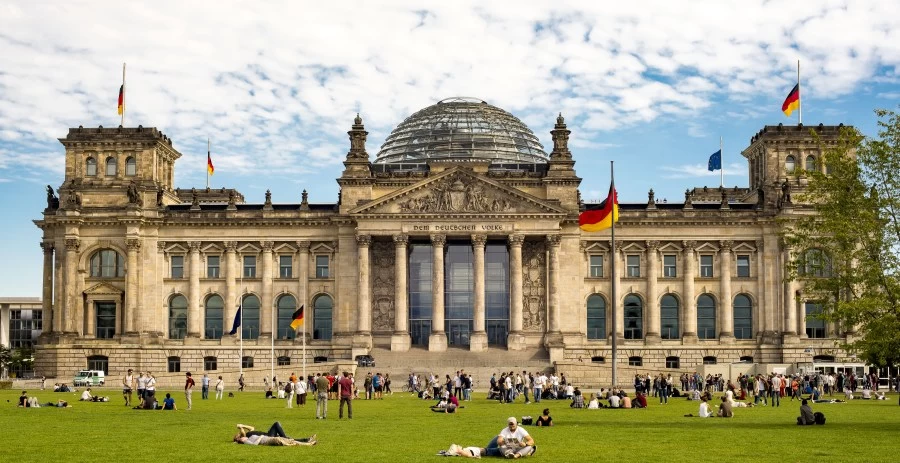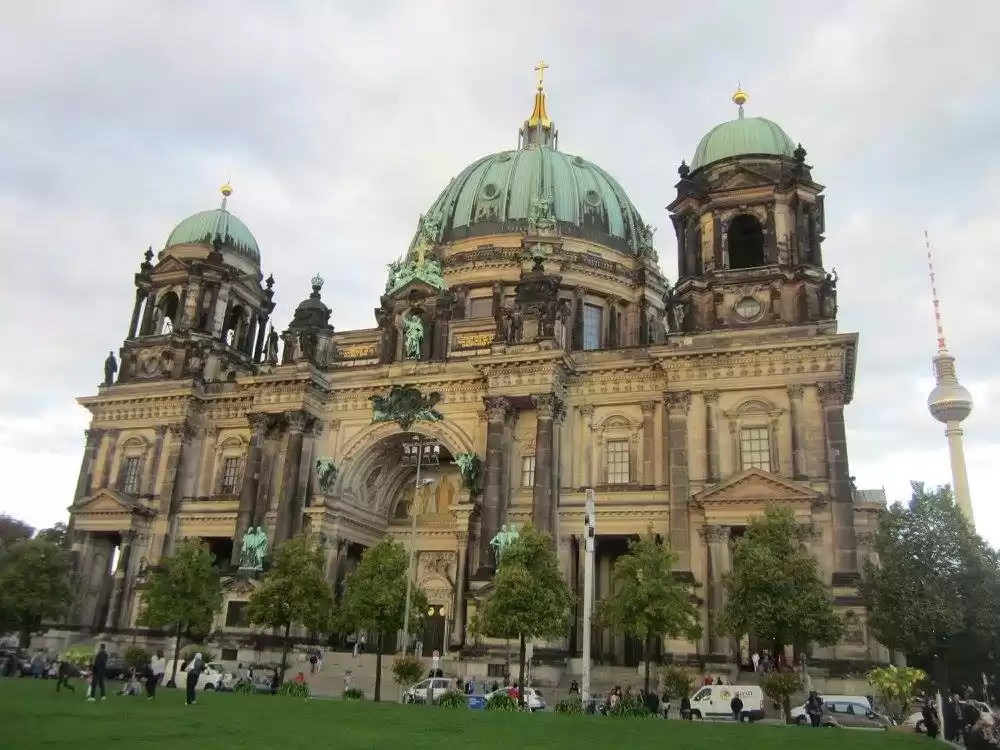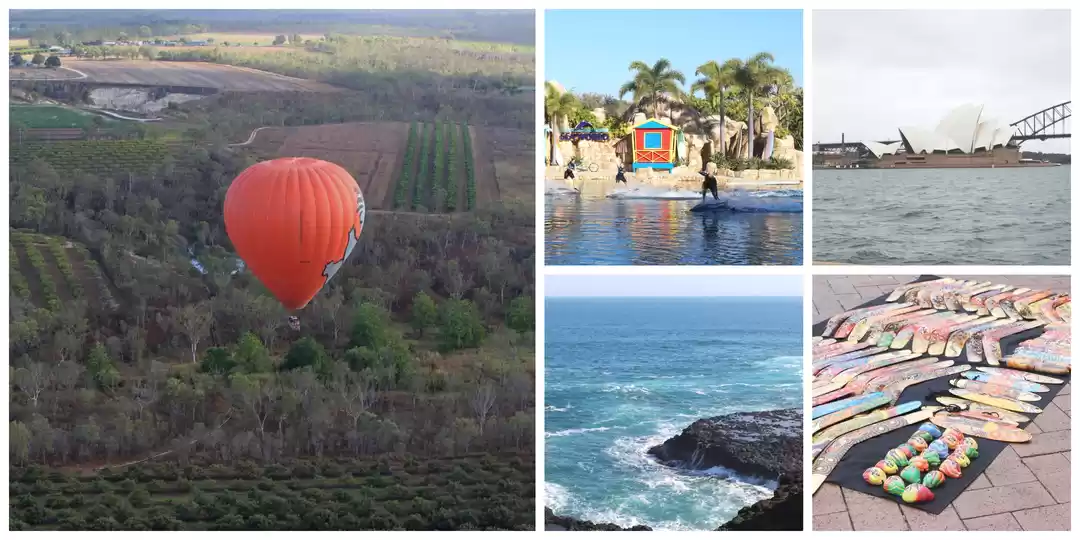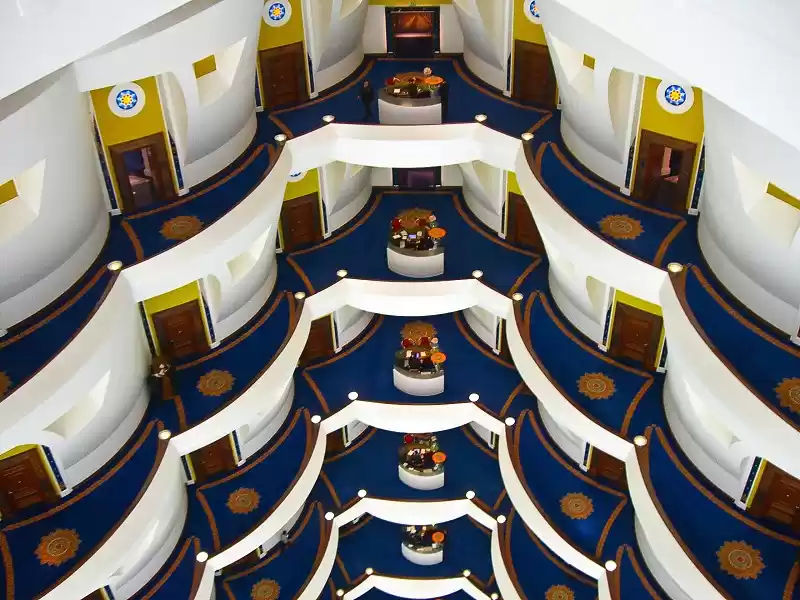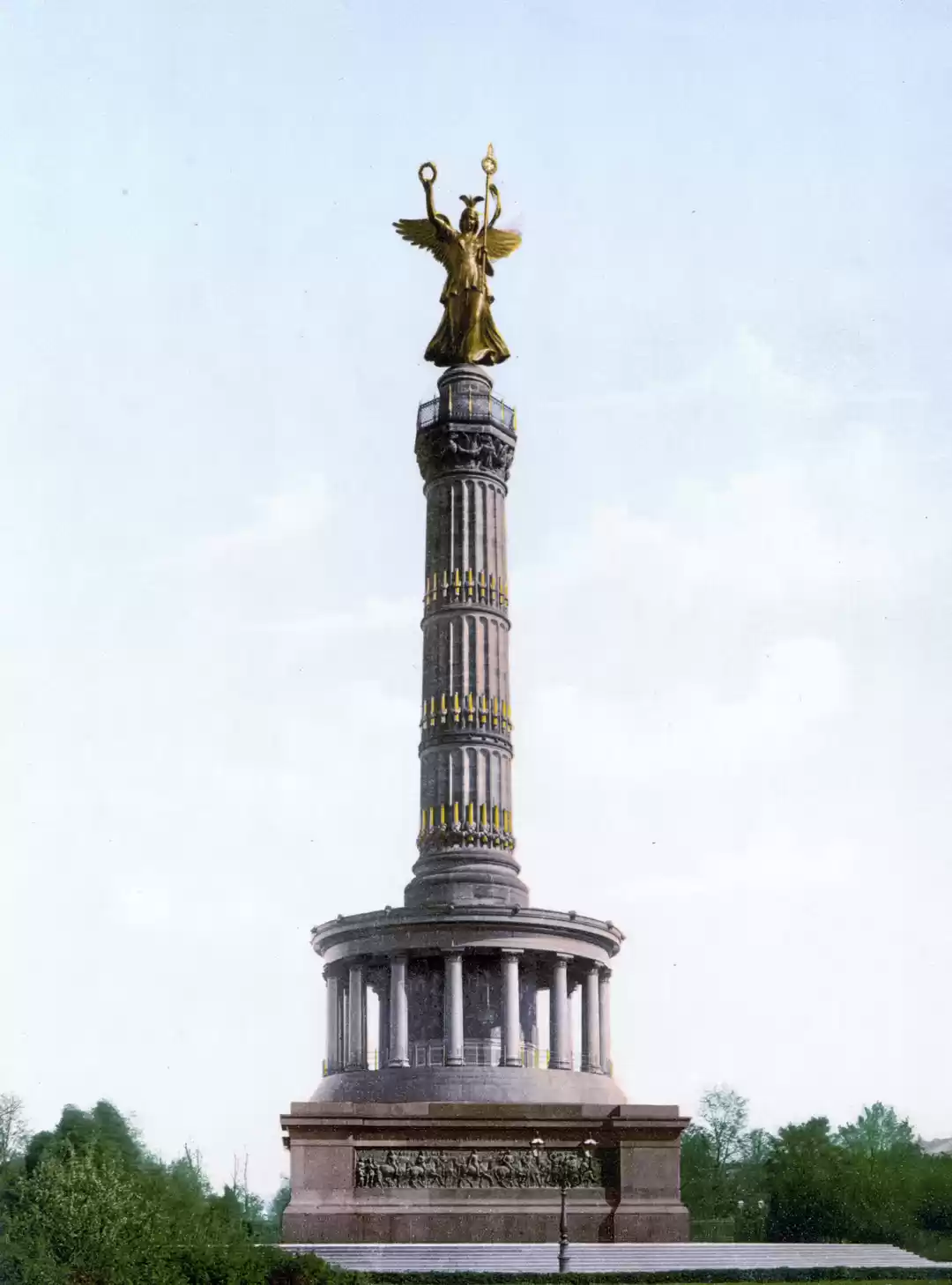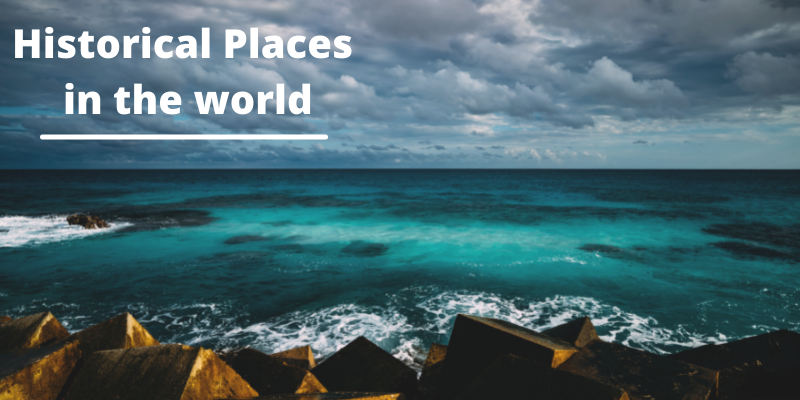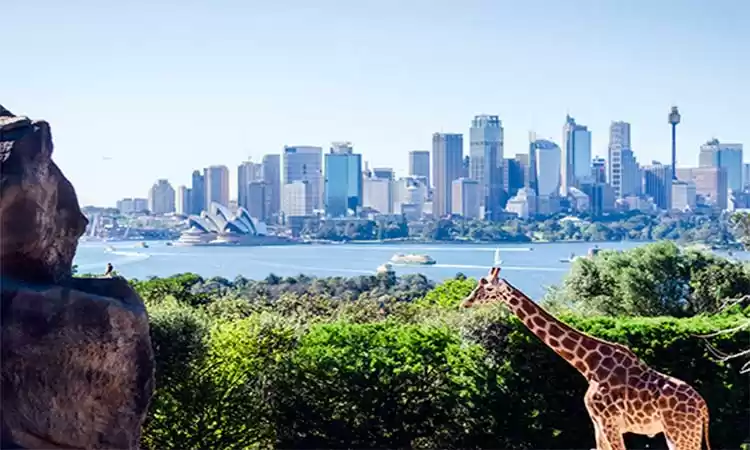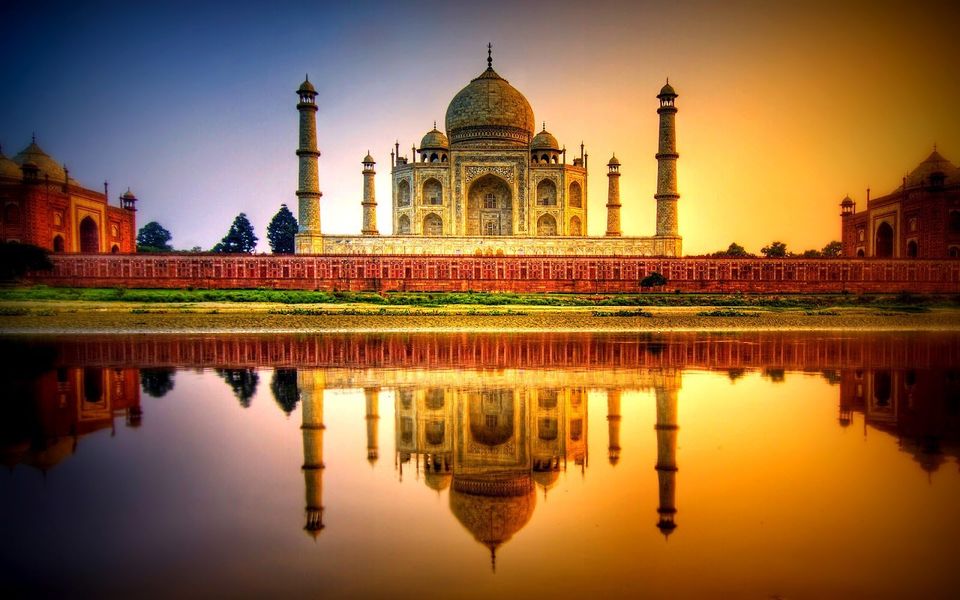
The ultimate bucket list is here.
20. Angkor Wat (Cambodia)
The world's most audacious religious place, Angkor Wat houses as many as 200 temples constructed between the 9th and 15th centuries, which collectively comprise the largest-known pre-industrial settlement complex in the world. You'll need at least one battery-operated fan, two memory chips and three days to navigate the 1,000 square kilometers (386 square miles) of the former Khmer Empire.
19. Sydney Opera House (Australia)
Danish architect Jørn Utzon, opera house, almost single-handedly, turned a faraway city into a global capital. The Sydney Opera House is a landmark on the city skyline, a lighthouse for ferries entering the harbor, a projection screen for Sydney’s myriad festivals and a barometer of global artistic talent. It is an architectural marvel that was built well ahead of its time, far ahead of the available technology, and one that changed the image of an entire country.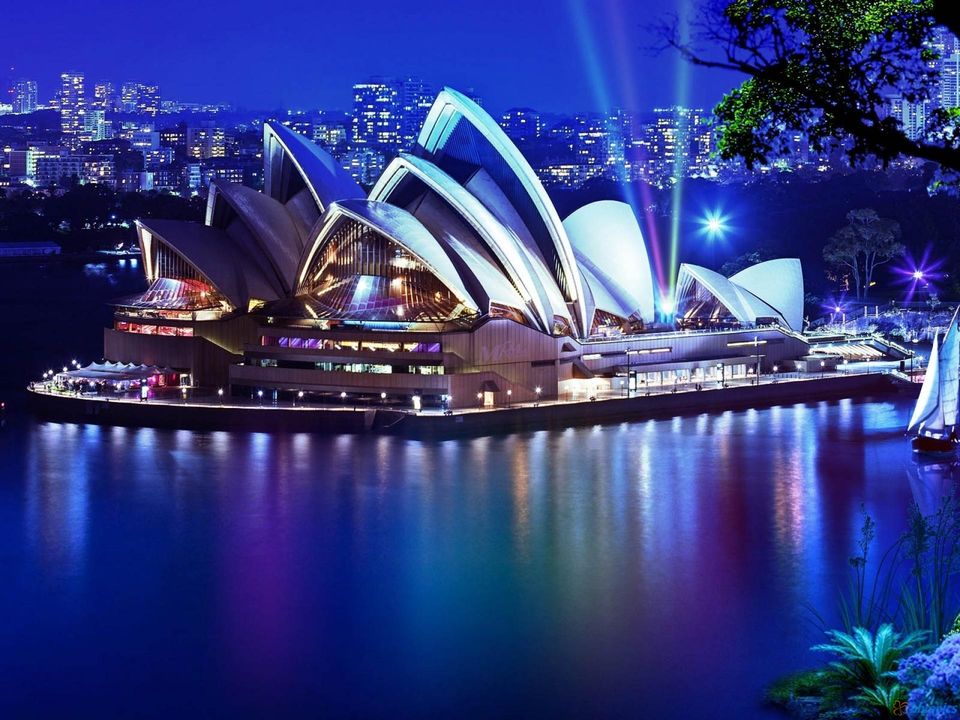
18. Easter Island (Chile)
Easter Island boasts of 887 monolithic stone “heads” and is a cautionary tale of the effects of overpopulation and depletion of resources. Easter Island could easily evoke the inner mythbuster in even the most empty-headed of visitors. Within its vast open-air museum of archaeological marvels, perhaps nothing is more famous than the mysterious moai, which were transported throughout the island from a single quarry site using an as-yet unknown method that has left historians scratching their heads for decades. Known alternatively as Rapa Nui or Isla de Pascua, this triangular speck in the middle of the Pacific Ocean is as beguiling a place as you will find anywhere on earth.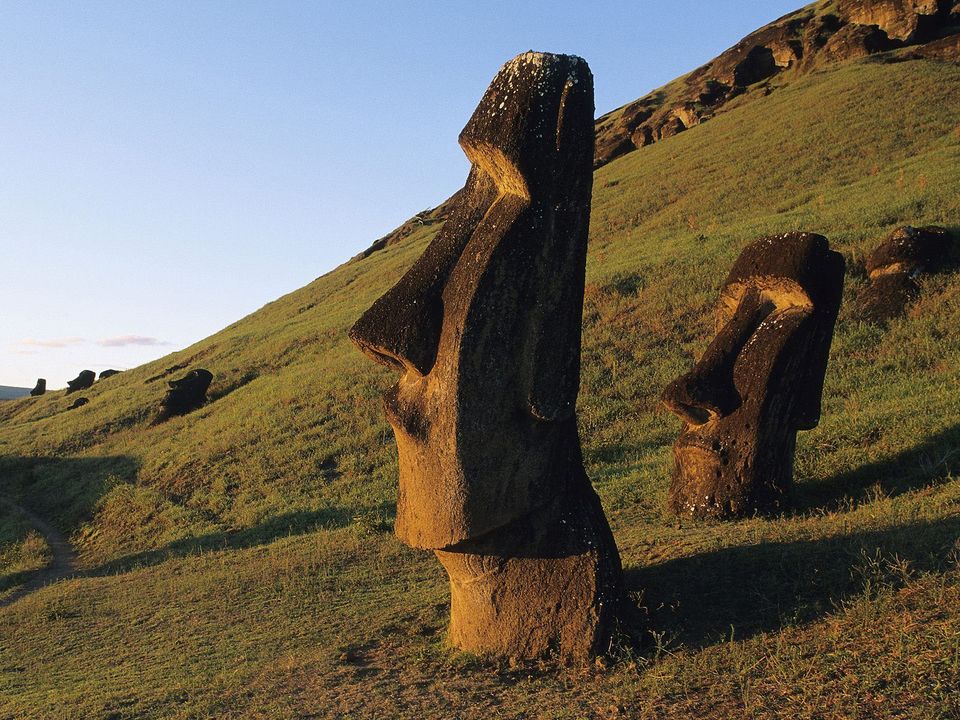
17. Berlin Wall (Germany)
The Berlin Wall was the setting for one of the most defining moments of living memory when, on Nov. 9, 1989, it “fell” after nearly three decades dividing Germany into East and West. The barrier is remembered today more for what it was than what it is. Presently, just two sizable sections remain as memorials: the Bernauer Strasse section in the city’s north, which acts as an exhibition about city life in the time of the Berlin Wall, and the East Side Gallery, which is full off colorful murals, including the famous Fraternal Kiss, depicting Soviet leader Leonid Brezhnev smooching Erich Honecker, his East German counterpart.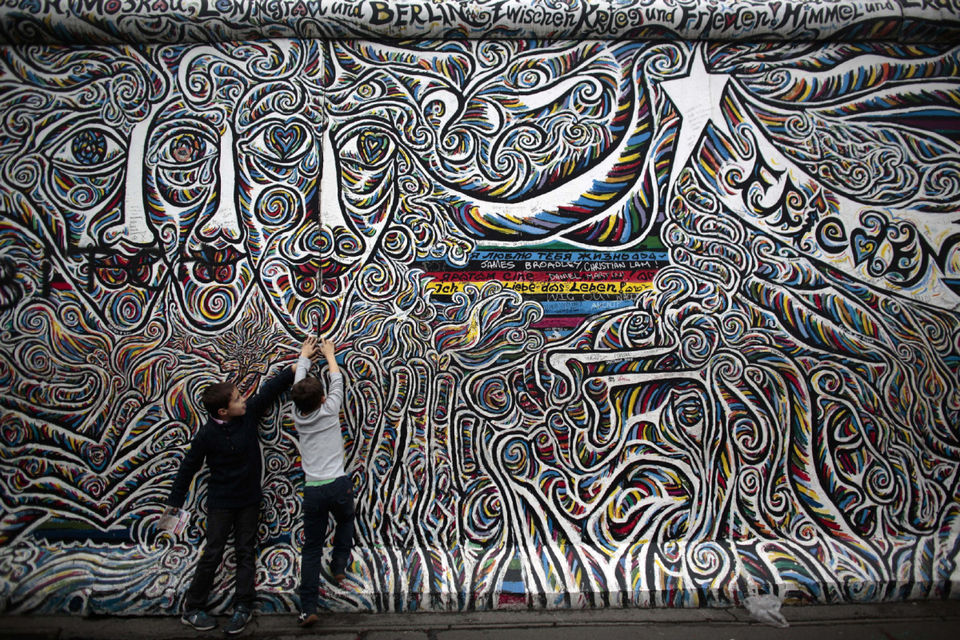
16. The Louvre (France)
The world’s most visited museum has some 380,000 artifacts on display including the Mona Lisa, to wow discerning guests. This gargantuan former palace is a perpetual jaw-dropper, and one that’s best digested in small doses. Highlights include Venus de Milo, Rembrandt’s self-portraits, Michelangelo’s The Slaves and the chapel of the tomb of Akhethetep.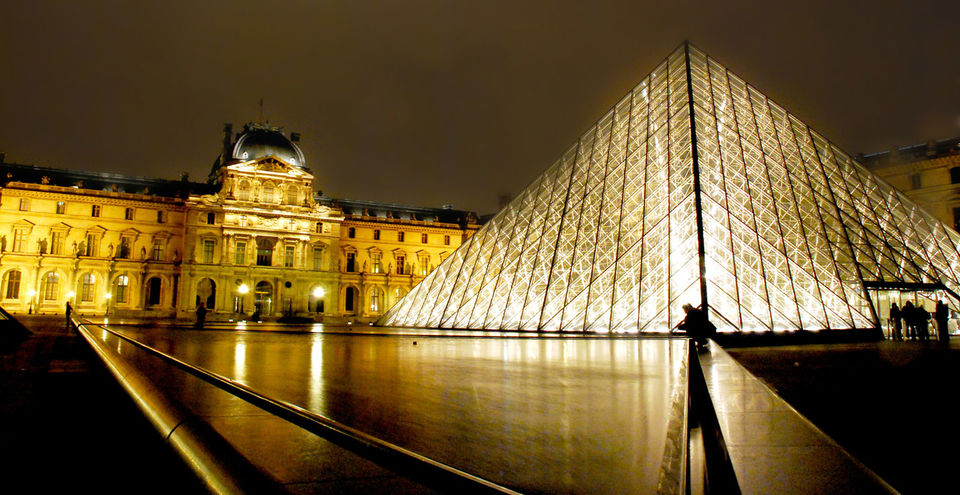
15. Venice Canals (Italy)
Transport yourself into a gondola for a lazy ride around the “floating city” past its famed Gothic and Byzantine palazzos, bohemian shops and alluring cafes. This city is an engineering marvel, a marble masterpiece, and a sight that won’t be around forever.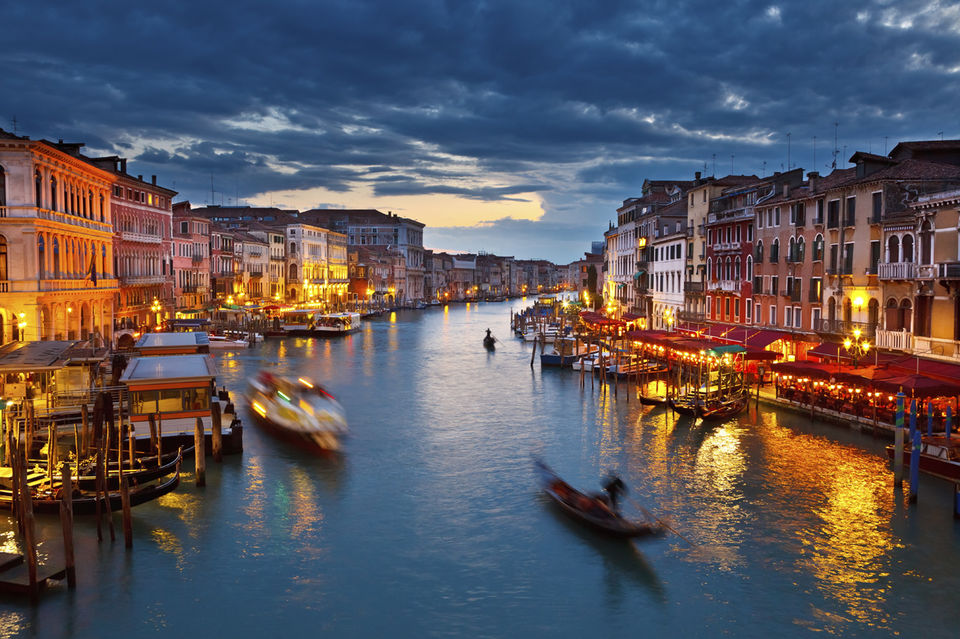
14. Mount Fuji (Japan)
Japan’s tallest mountain is UNESCO’s World Heritage Site. Home to five major lakes, Shiraito Falls and eight Shinto shrines. Today, it is one of Japan’s most visited attractions, with hundreds of thousands of tourists enduring the grueling climb to the top each year for a moment of peace and quiet as they look back out over Japan’s most populous island.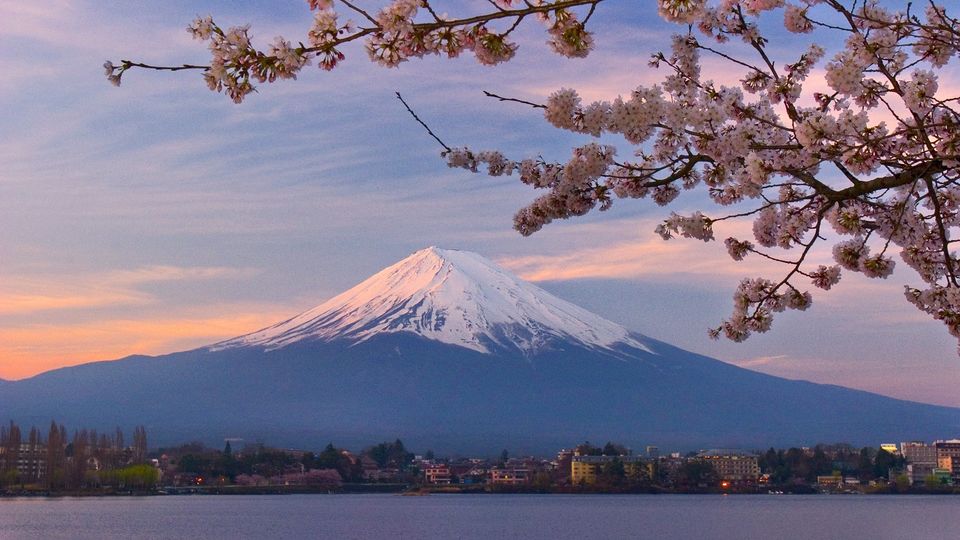
13. Galapagos Islands (Ecuador)
Charles Darwin once called the Galapagos Islands “a little world within itself.” The Galapagos is a melting pot of marine life thanks to its location at the confluence of three ocean currents. Above the crystalline waters, this 19-island archipelago is home to a cornucopia of colorful species, many endemic, including the pink iguana, blue-footed booby and giant green tortoise, which can live more than 170 years.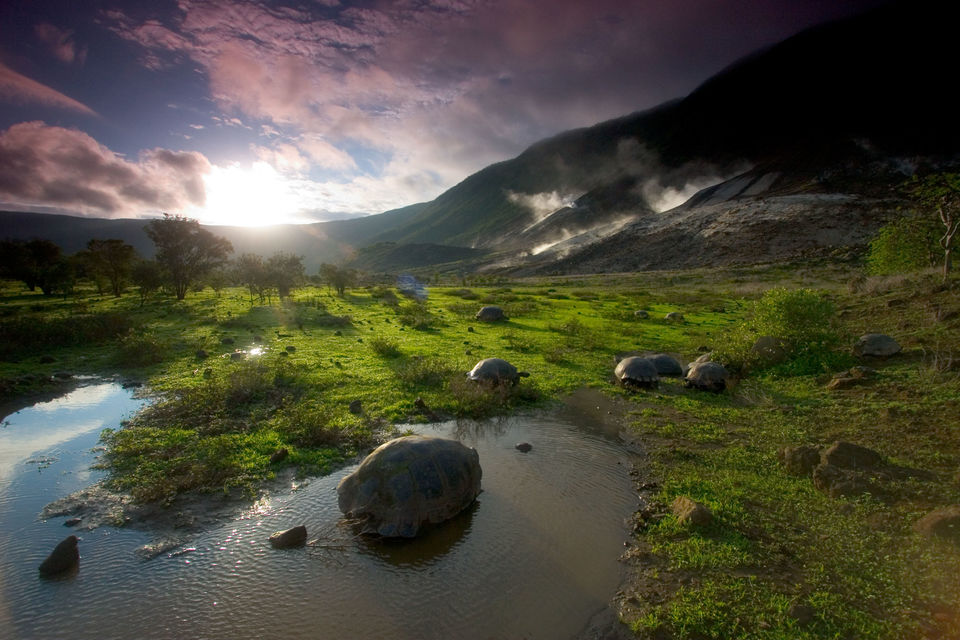
12. Stonehenge (UK)
Stonehenge represents one of the most striking prehistoric megalithic monuments in the world. Built sometime between 3,000 B.C. and 2,000 B.C., this ancient complex is today a spiritual site of pilgrimage in Neo-Druidry, as well as one of England’s most iconic attractions.
11. Taj Mahal (India)
The most romantic buildings in the world, Taj Mahal, was built by. Mughal emperor Shah Jahan in memory of his beloved third wife, Mumtaz Mahal, in 1632. The resulting structure, designed by Afghan Ustad-Ahmad Lahori, has been called the jewel of Muslim art in India.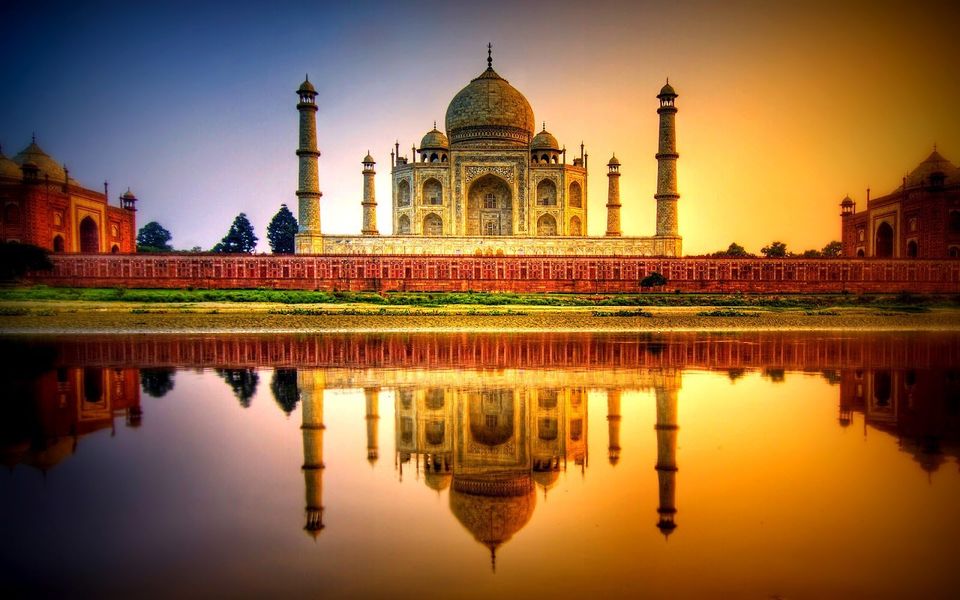
To be continued.....






